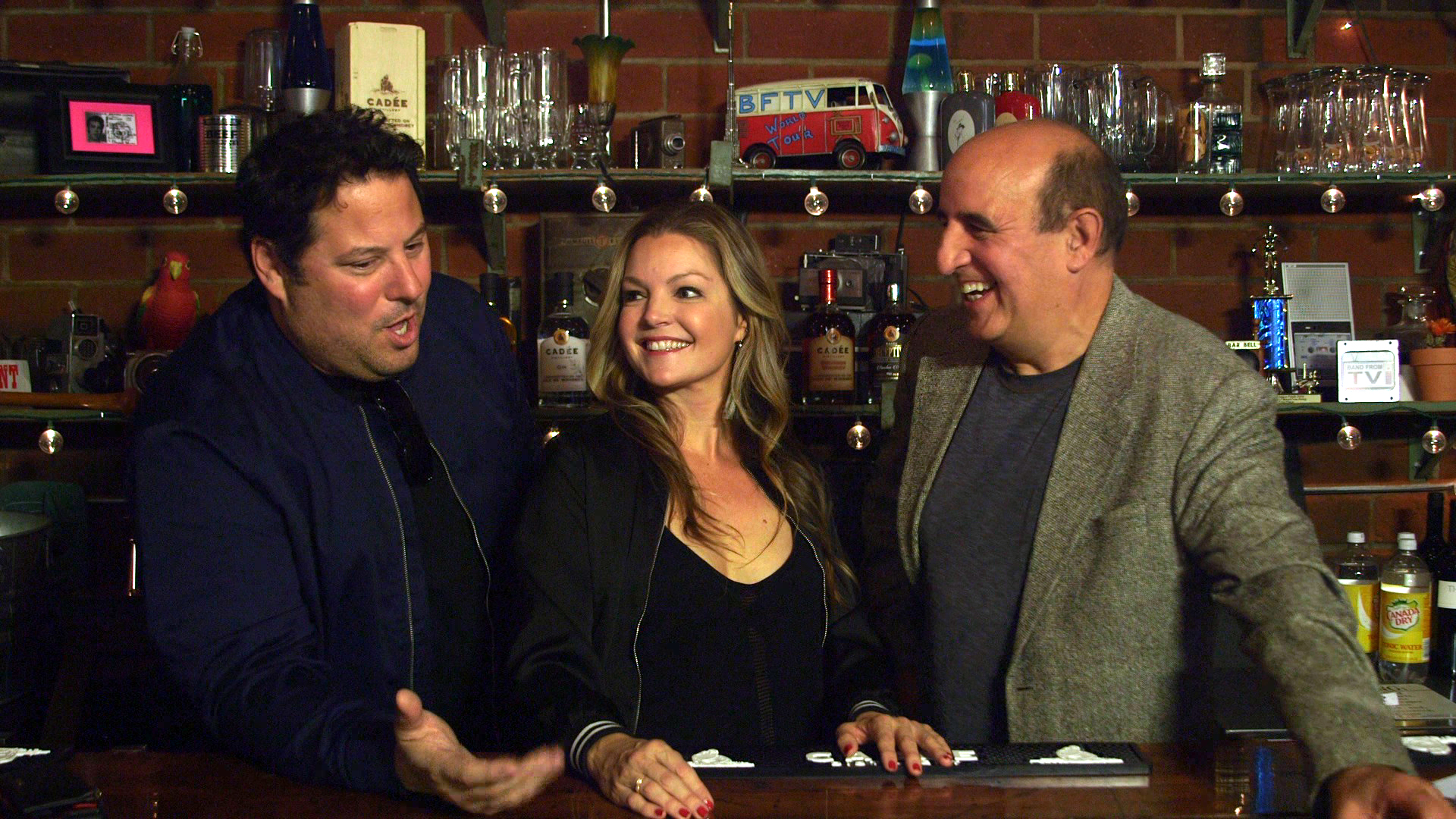Greg Grunberg loves genre – it’s clear when you speak to him how much of a fan he is of all things geekdom. The only difference is he actually gets to go behind the scenes of the movies he’s such a big fan of!
“You would think that it’s like a ‘don’t meet your heroes’ kind of thing; that peeling back the onion or getting behind the curtain would ruin the experience, but it doesn’t,” Grunberg explains when we ask him if working on these iconic genre movies ruins the magic for him. “It gives me a whole new appreciation. Essentially I get to see five different versions of that movie. Because I get to see Harrison Ford say that same line – that you get to see on the DVD or watching the movie one time – I got to see him do it five times. So it’s so much better for me! Like ‘oh my god, I saw this movie a bunch of different ways!’ It’s really cool.”
From big productions like 2016’s Star Trek Beyond and that aforementioned role in the recent Star Wars saga, two of which were directed by his good friend J.J Abrams (“he’s brilliant. He’s so incredibly well prepared, he absolutely knows exactly what he wants…”) to cult classics like Big Ass Spider, Grunberg has certainly been able to geek out behind the scenes of many an iconic genre film.
Speaking of geeking out, we can’t help but do exactly that with Grunberg, who can give us a run for our money when it comes to geek points, especially when speaking about his newest role, that of Eugene Wylder in Max Reload and the Nether Blasters. “It’s amazing. It’s kind of a love letter to old vintage video games and new video games and horror and the whole genre. It’s such a blast.”
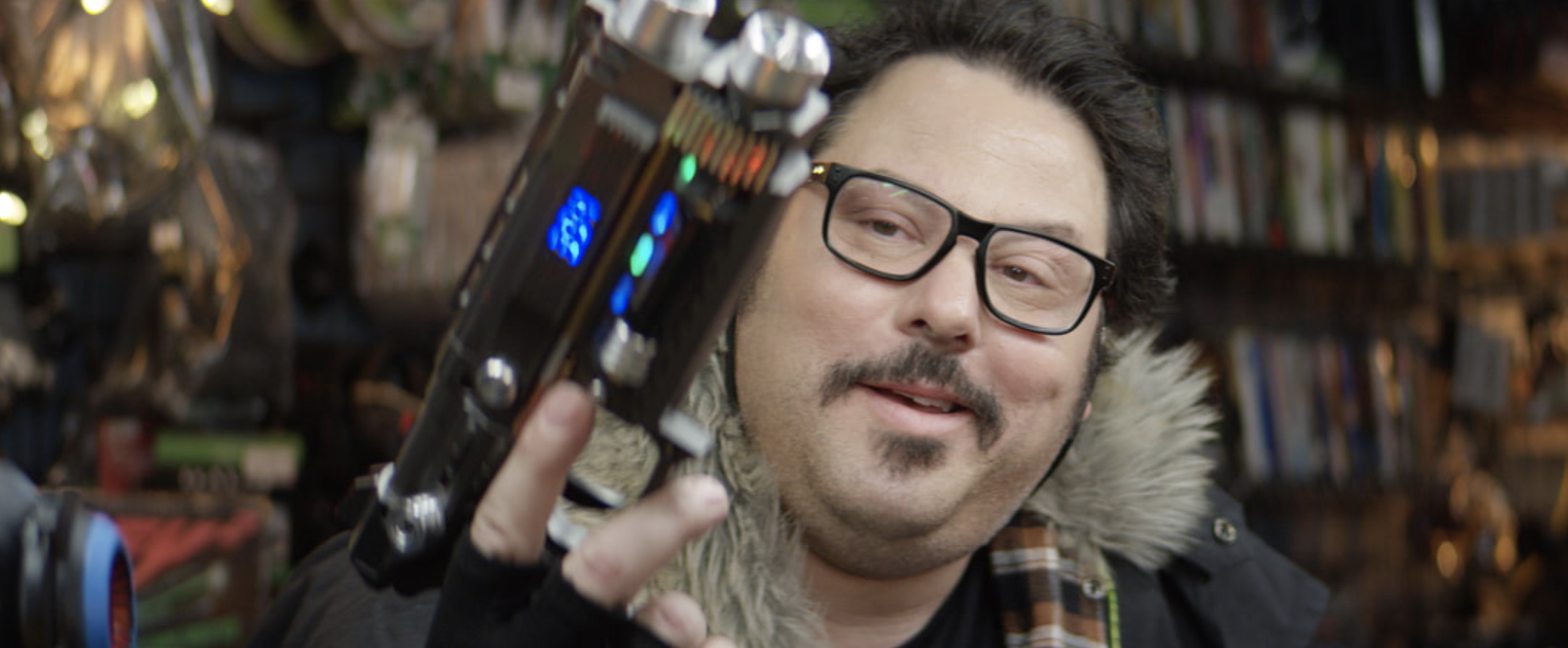
In fact, having such a blast and being part of a wider genre community is exactly the reason we’re here: to discuss the fabled group of horror actors and filmmakers known as The Horror Crowd. Highlighted in the new documentary – also called The Horror Crowd – veteran actor insider Ruben Pla has brought together the nightmare-creators that form Hollywood’s horror community. Covering wide-ranging topics such as ‘Being the Weird Kid’, ‘Women in Horror’, ‘Race Relations’, ‘The Dark Side’ and ‘Film Festivals’, this is a fascinating insight into horror industry by those within it.
“Reuben approached me – we worked on Big Ass Spider together, and he reached out to say ‘hey I’m doing this thing, would you be interested in just talking?’ Because I have a bunch of experience doing these kinds of projects,” Grunberg tells us. “So I said ‘yeah, I’d love to! Are you kidding me?!’ I’m a fan [and] I’ve been lucky to be a part of some of these things!”
Showing at this year’s FrightFest, the documentary really shows the friendly side of genre, with some of horror’s top filmmakers getting together to go in-depth about the industry they love. “I think people are going to really love [The Horror Crowd]. It’s one of those movies [where] we all have an opinion and we all have an experience – whether we’re part of making a project or just watching it and viewing it,” Grunberg continues. “We all take away something from it. That’s why I love what Reuben did. It doesn’t matter the size or the budget [of the project] so long as the story’s good and the characters are good and it’s going to engage the audience. That’s who I think The Horror Crowd are – they’re just people that are passionate about these stories, these characters and we share a common appreciation for them.”
In the documentary, Grunberg and Ruben discuss their time on the set of 2013’s sleeper success monster movie Big Ass Spider: “It is amazing, I mean it really is. Big Ass Spider was the same kind of thing as a Sharknado – a low budget thing. But man we all had such a blast doing it!” he tells us. “There are these fun moments and little moments where I’m like ‘eugh it’s going kind of cheesy’, but it doesn’t last.”
Indeed, on paper Big Ass Spider looks like it should be a cheesy flop: following… well… a big ass spider, Grunberg plays the lead Alex Mathis in the movie – an exterminator who finds himself helping the US army take down a giant spider who has escaped from a secret lab. A fun romp, the passion behind the project really shines through, enabling it to stay firmly in the minds of genre fans for the past 17 years.
“The movie just looks great, the effects look great – it does not feel like a low budget film and again I’m just really happy. I think it’s going to be one of that cult classic kind of movies that last for a long time,” Grunberg agrees.
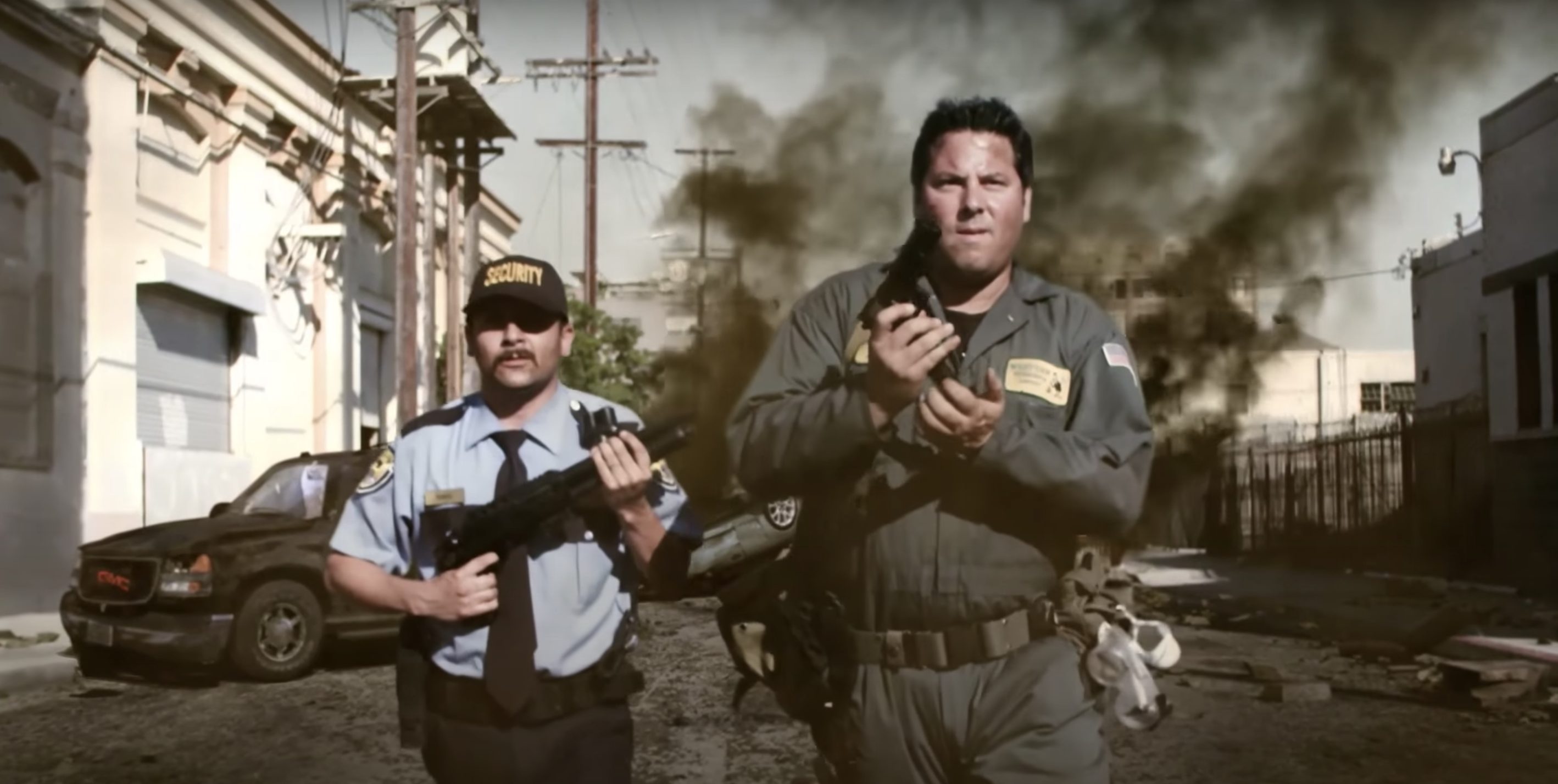
Just like his character in Big Ass Spider, Grunberg is the master of playing the likable good guy. From hapless Matt Parkman in Heroes to poor old Seth Norris in Lost, Grunberg prides himself on getting to grips with a character and showing that character to their fullest on the big and small screen: “I look for something where the blueprint’s been laid out pretty solidly and I can embellish and really make [a character] my own. I just enjoy a character that’s very relatable, very real. [But] collaboration is really the most important thing. When I meet with a filmmaker [or] I meet with a writer, if they’re open-minded and they listen – I might not be right (a lot of times I’m wrong!) but at least it’s a collaboration. That’s the best. It’s so much fun when I can surprise a director or writer and say something that they never imagined. Or bring something to the role that they’re like ‘wow, this was two-dimensional on paper and it’s now three-dimensional’. So something to enhance it.”
That sense of realness that you see in Grunberg’s performances is no happy accident. He takes the time to boil down just what it is about that character that makes him real – and that’s all down to the preparation he undertakes before even stepping foot on set: “What’s interesting is that I will read something 20 times and memorise it. That’s my job. But on the 23rd time I’ll hear something different or I’ll discover something in the character or in the words that I never anticipated. It has to do with where the character came from in the story, where the character’s going. My motivations. Sometimes the writers don’t even see that coming, it’s such a pleasant surprise. They’re like ‘of course that character would react that way or say that line that way. I never wrote it that way but yeah!’ That comes just from doing it over and over again. So I definitely do my homework before I get to set!”
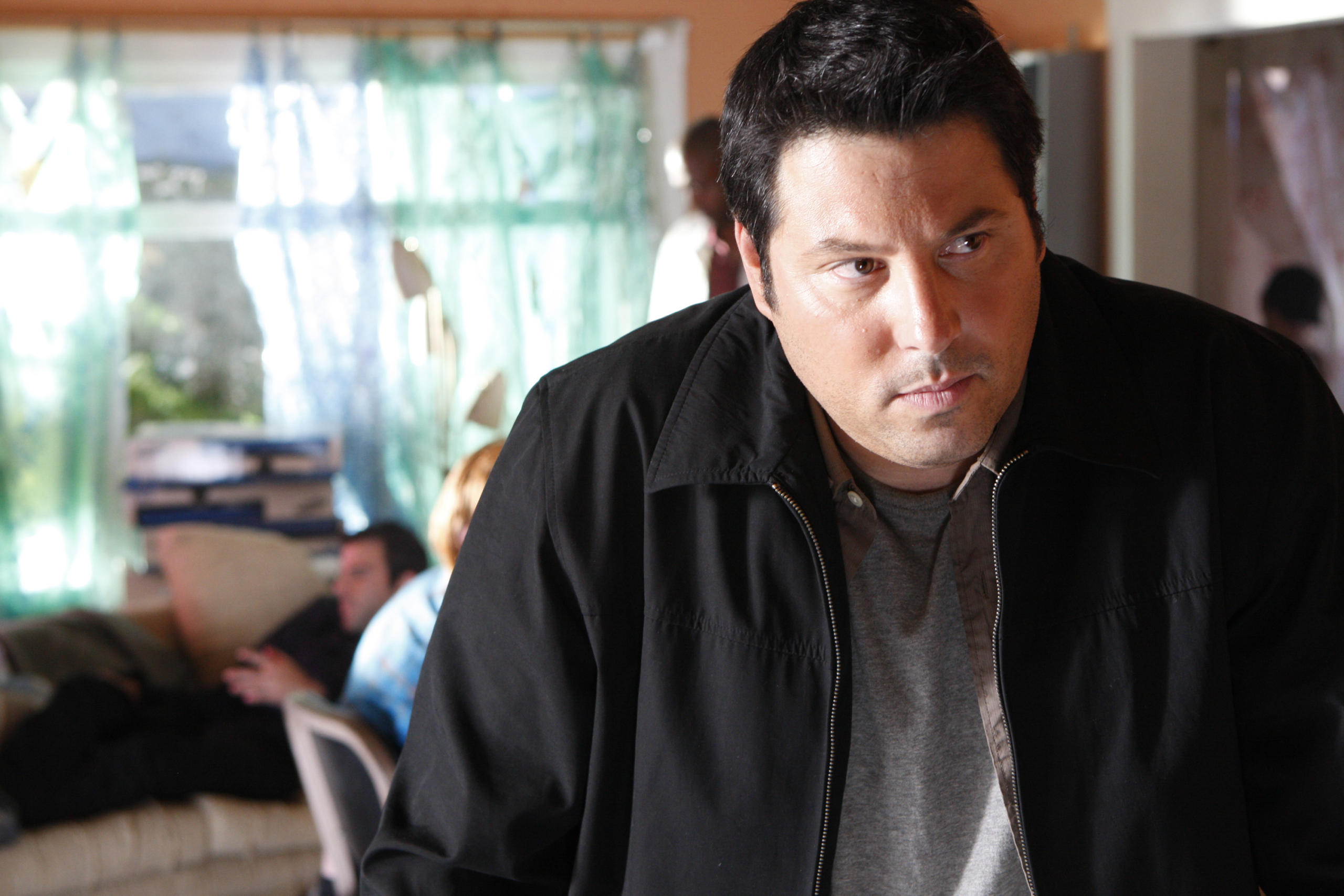
That may be all well and fine on a TV set like Lost or Heroes where people may have spent a lot of time with each other, but what about on big-budget projects like Star Wars?
“You know you feel a sense of constraint when you first get on set with bigger projects because the budget’s there and you would hope they would have done much more preparation. But the best projects are the ones with… like with my friend J.J. Abrams. When we’re on set, he’s open-minded. I remember [on Star Wars that] John Boyega was so brilliant, Oscar Isaacs was so brilliant and Daisy Ridley… they’re just really smart, they really know their characters now. But they will come up with something. They’ll go: “What if I did this? How about this?” and J.J’s like “yeah let’s try that!”. It depends on the director and the situation. Certain things have to be exactly the way they were laid out in the script because they carry the story. You can’t deviate from that, it would change everything but I’m talking about little nuances once you get on set. You can’t predict everything before you get there and you have to be open-minded to adjust accordingly.”
A good director is obviously important when creating these memorable characters on set but the actor has to be willing also: “As an actor, if you plan, if you do your homework and if you’re super prepared it allows you to free yourself up to try new things. You know the dialogue, you know the words but now I can listen more. I can take in what the other actors say. Really good acting to me, is listening. You see it on actors’ faces – some actors when they’re new, they’ll just be sitting there waiting for their line. That’s not living. That’s not life. People don’t do that. You’re thinking about what you’re going to say to me right now, you’re listening to me, reacting. You’re going to say something depending on what I say. That shows in your face. You can’t just stand there waiting until it’s your turn to talk. That’s not what acting is. There’s just as much going on when you’re listening as when you’re projecting.”
These preparations are usually well-received, creating genre characters that become almost as famous as the movie themselves – especially in horror. “I think people appreciate a good story, good characters. Characters that move you. Genre stuff is hard to get right. It’s really the writing and the passion and it’s all on the page,” Grunberg tells us. “All the other elements just add to it and make it great.”
Plenty of those interviewed in The Horror Crowd have sure got that horror formula right, including Oren Peli (Paranormal Activity), Russel Mulcahy (Highlander, Razorback), Adam Robitel (Insidious: The Last Key, Escape Room), and Darren Lynn Bousman (Saw II). Not only does the documentary delve into the methods the filmmakers use while creating these movies, but it goes into their community as a whole (including numerous gatherings and quiz nights!), adding deeper insight into the master horror-makers and highlighting the real community spirit behind these scary passion projects.
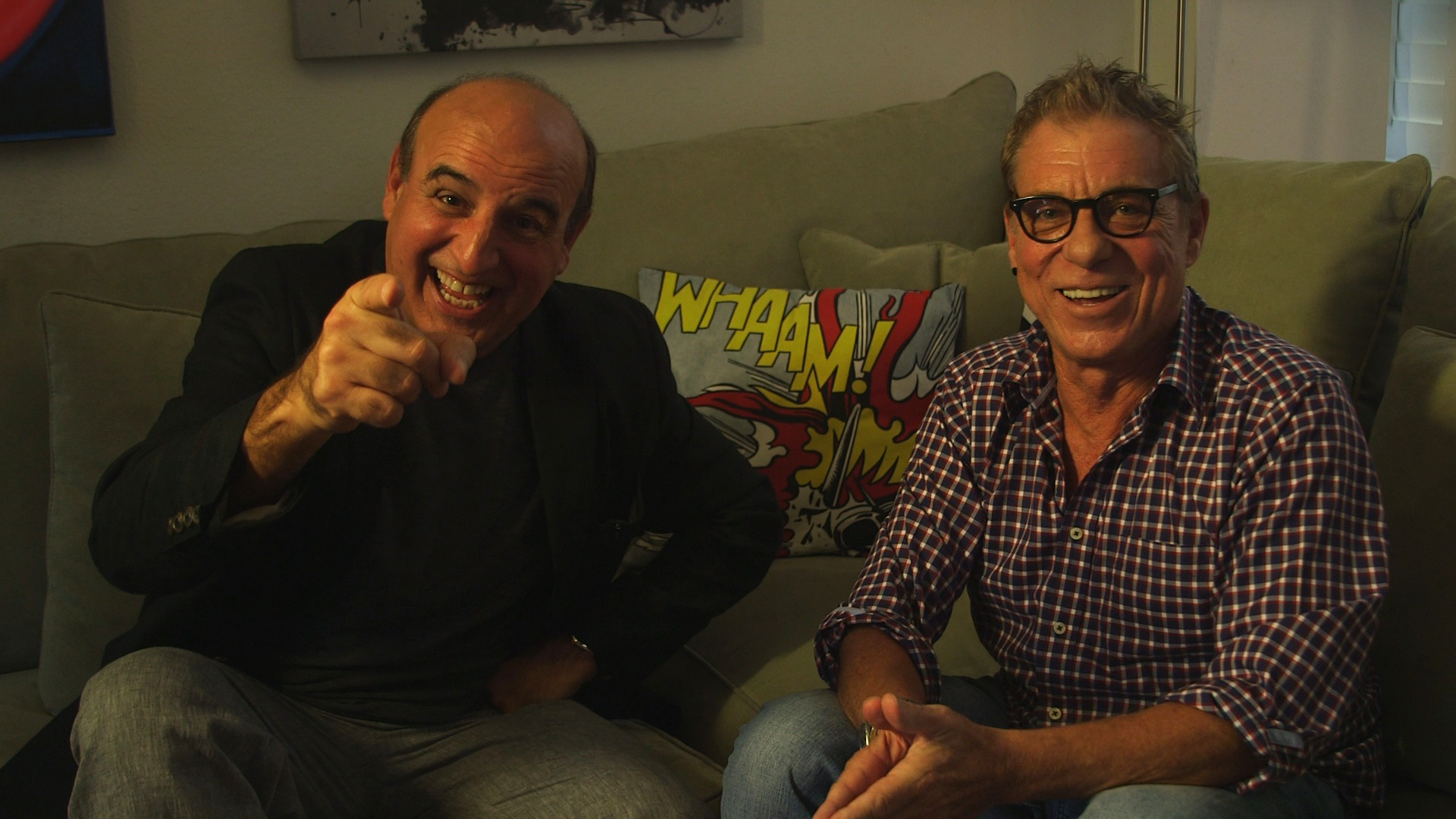
Speaking of spirits, we couldn’t help but notice that Grunberg’s documentary interview takes place in what looks like his very own bar… “It’s actually my studio – we have events there and the bar was a set that we have. It’s a set but you know… a bar’s a bar! Haha! So we enjoy it. It’s a great setting to discuss stuff. You’re welcome any time!”
Well you don’t have to ask us twice!
FrightFest Digital Edition 2020 presents the world premiere of The Horror Crowd on 29 August on the Arrow Video Screen.
THE HORROR CROWD from FrightFest on Vimeo.
